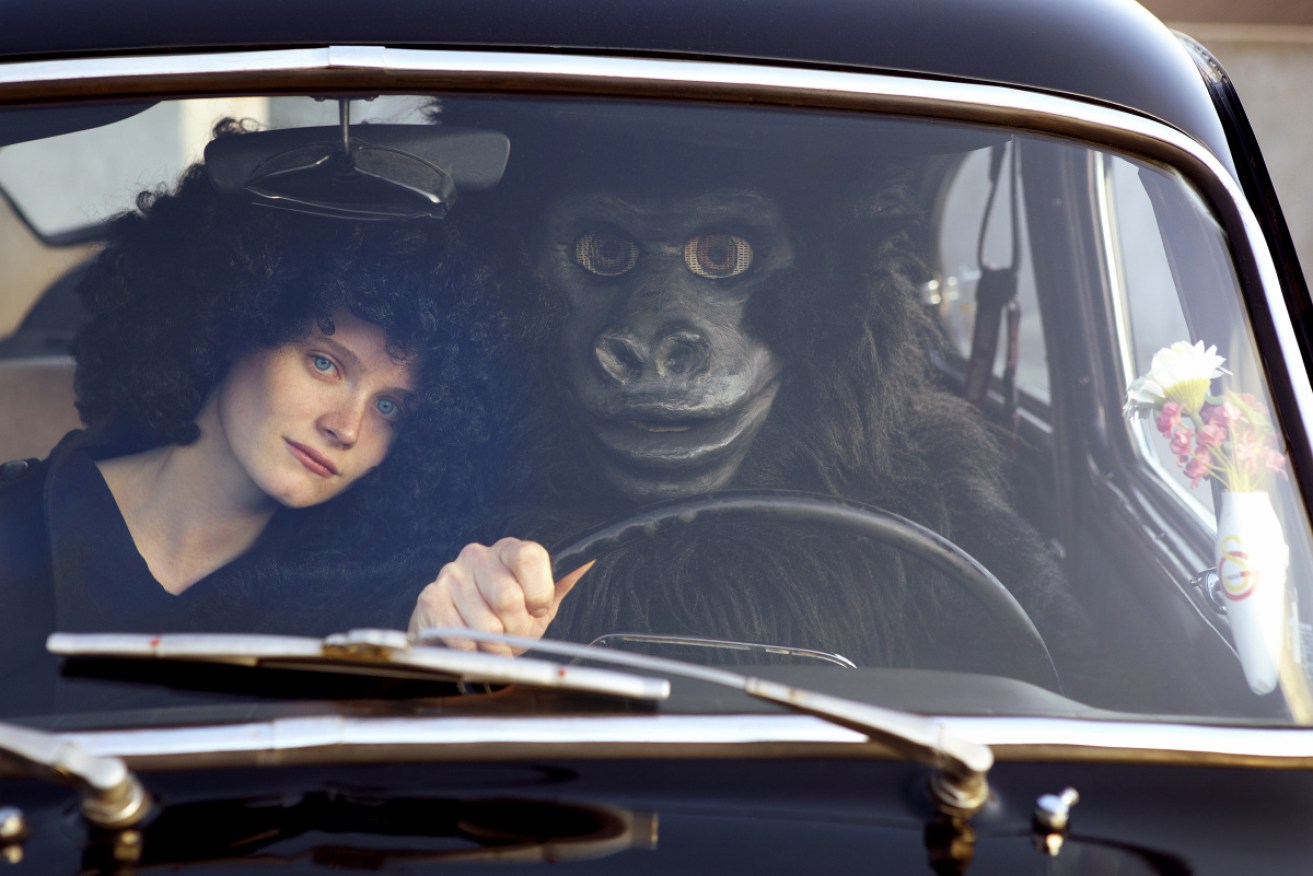Crazy young monkeys: Juvenile humans and apes share adolescent madness


Humans and our primate cousins go through a similar reactive phase as juveniles. It's a learning period that not all survive. Photo: Getty
Teenagers are literally clueless baboons, driven by reckless impulses: juvenile monkeys and apes also go through this daredevil phase, a new study finds.
The evidence was found in a review of brain structures shared across primate species.
Humans and our cousins don’t submit to poor impulse control for the conscious sake of raising hell (sure it’s fun) but rather they’re following a brain-driven process to test the environment and to learn their limits in surviving it.
“The monkey is really the most powerful animal model that comes closest to the human condition,” Dr Christos Constantinidis said, a neuroscientist at the Wake Forest School of Medicine, and one of the study’s co-authors.
“They have a developed prefrontal cortex and follow a similar trajectory with the same patterns of maturation between adolescence and adulthood.”

Juvenile primates, including humans, test their limits. Sometimes their recklessness comes back to bite them. Photo: Getty
Teens jump off high cliffs, crash their cars at high speed, pop too many pills at dance parties, and challenge, abuse or even threaten their parents when thwarted: juvenile apes push their bodies in similar ways, and risk death by challenging troop leaders.
Juvenile primates aren’t crazy 24 hours a day
As the researchers write: “… adolescents are capable of producing adult level responses on occasion, but lack the ability to engage systems mediating response inhibition in a consistent fashion.”
Simply put: they can’t reliably access the parts of the brain that help pull us back from an impulsive or reactive response.
The scientists found that structural, functional, and neurophysiological comparisons “between us and macaque monkeys show that this difficulty in stopping reactive responses is similar in our primate counterparts – who during puberty, also show limitations in tests where they have to stop a reactive response”.
What kind of tests?
It’s a bit boring actually – all to do with controlling eye movement – known as the anti-saccade task.
A neat explainer at Nature Neuroscience describes it “as an important task for investigating the flexible control that we have over behaviour”.
In this task, “Participants must suppress the reflexive urge to look at a visual target that appears suddenly in the peripheral visual field and must instead look away from the target in the opposite direction.”
Patients diagnosed with various neurological and/or psychiatric disorders that affect the frontal lobes or basal ganglia find it difficult to suppress the automatic pro-saccade, revealing a deficit in top-down inhibition.
So do children – probably because of “the protracted maturation of the frontal lobes,” the part of the brain governing impulse control.
Helpfully for science, monkeys and humans perform similarly on this task.
So what’s the point of juvenile behaviour?
Dr Beatriz Luna researches neurocognitive development at the University of Pittsburgh, and is the other co-author of the paper. In a prepared statement she said:
“You don’t have this perfect inhibitory control system in adolescence, but that’s happening for a reason. It has survived evolution because it’s actually allowing for new experiences to provide information about the environment that is critical form optimal specialisation of the brain to occur.
“Understanding the neural mechanisms that underlie this transitional period in our primate counterparts is critical to informing us about this period of brain and cognitive maturation.”
Of course not all juvenile survive their adventures. And rarely can they explain their mad choices.
So the next time your teenager does something impulsively stupid, even dangerous, you may need to accept their empty explanation – “I don’t know why I did it” – as an honest one. And give them a banana, which is good for their brain.








